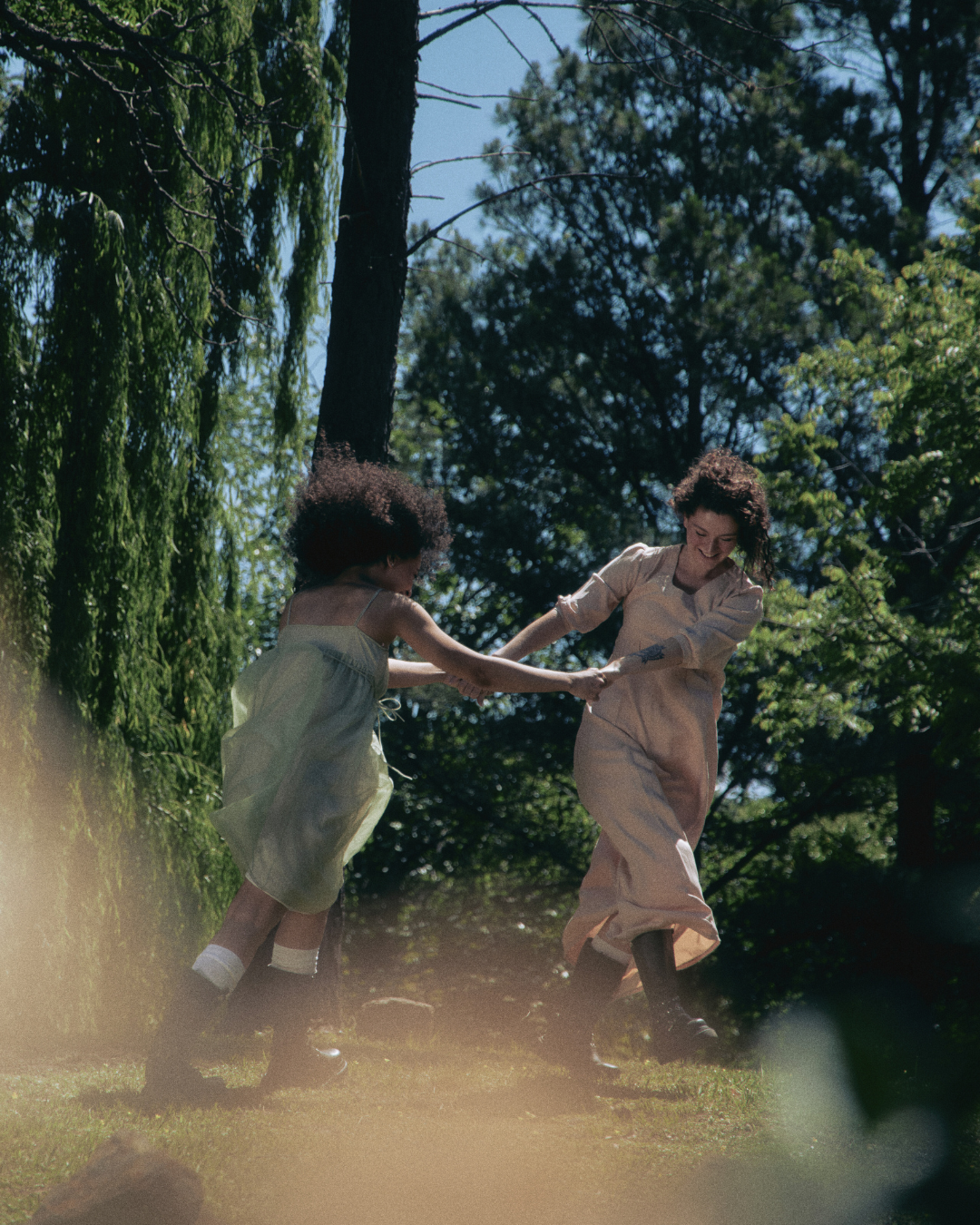How Family Movement Builds Stronger Bonds and Teaches Compassion and Acceptance
Families today face unique challenges in staying connected in our increasingly digital world. As we celebrate the International Day of Families (May 15), we’re reminded that the bonds we create at home form the foundation for how children understand relationships, empathy, and respect throughout their lives. One powerful yet often overlooked way to strengthen these connections is through shared movement experiences.
When families engage in physical activities together, something remarkable happens beyond the obvious health benefits. Movement creates unique opportunities for connection that conversation alone cannot provide. Through shared physical experiences, family members communicate in ways that transcend words—through touch, rhythm, coordination, and presence.
Shared Movement Fosters Trust, Acceptance, and Connection
Movement activities naturally create opportunities for family members to rely on each other in new ways. Whether a parent supports a child in their first attempt at a challenging yoga pose or siblings work together to navigate an obstacle course, these experiences build the foundation of trust.
Family movement experiences also provide natural opportunities to observe, acknowledge, and celebrate our differences. Each person’s unique abilities and challenges become visible when a family engages in an activity together—whether it’s yoga, dancing, hiking, or playing catch.
These moments teach children that our bodies, abilities, and preferences naturally vary, and that diversity deserves respect rather than judgment.
Movement can also create a unique language between family members that doesn’t rely on words. This non-verbal communication builds new pathways for understanding each other. For children who find verbal communication challenging, movement offers an alternative path to connecting with family members. It honors their natural communication style while building bridges to verbal expression. These non-verbal exchanges can lay the groundwork for deeper understanding and empathy within the family.
When physical activity becomes synonymous with family fun, children also develop positive associations with movement that can counter today’s sedentary tendencies. The contrast is striking: instead of movement being presented as a chore (“You need to exercise more”), it becomes a joyful connection (“Let’s have a dance party in the living room!”). The latter builds memories of laughter, playfulness, and togetherness that children naturally want to recreate throughout their lives.
Establishing Wellness Habits That Last a Lifetime
Movement patterns established in childhood often continue into adulthood. When families prioritize movement together, they aren’t just building bonds—they establish lifestyle patterns supporting lifelong wellness.
“I grew up in a family where we hiked together every weekend” reflects one of Yogamazia’s parents. “Those experiences shaped not just my relationship with my parents and siblings, but my entire approach to health and well-being. Now I’m creating those same opportunities for my children, and it’s beautiful to see the tradition continue.“
Creating Memories That Last a Lifetime
Perhaps the most precious gift of family movement is the creation of embodied memories—memories stored not just in the mind, but in the body. Years later, the muscle memory of a family dance party or the sensation of balancing together can bring back the emotional connection of those shared moments.
These physical memories create a unique tapestry of family experience, strengthening bonds in ways that last long after children have grown. They become touchstones of connection that family members can return to throughout their lives.
Compassion Begins at Home
When children experience respect for their bodies and abilities at home, they learn to extend that same compassion and acceptance to others.
In a world that often emphasizes comparison and competition, family movement creates a sanctuary where each person’s unique expression is valued. Children learn that worth isn’t measured by performance but by participation and presence.
Through shared movement, families build stronger bonds and a foundation of respect that radiates outward, creating more compassionate communities one family at a time.
Family Movement Activities to Try Together
Ready to experience these benefits with your family? Here are accessible activities that honor individual abilities while creating shared experiences:
- Create a sequence where each family member contributes their favorite pose. Move through the sequence together, allowing each person to lead “their” pose and explain why they chose it. This practice honors each person’s preferences while building a shared experience.
- Choose a familiar story, create one together, and act it out using only your bodies. This encourages creativity, non-verbal communication, and cooperation as you work together to tell the tale.
- Create cards with different ways of moving (e.g., hopping like a frog, stretching tall like a tree, etc.) and hide them throughout your yard or a local park. As family members find each card, everyone performs the movement together.
- Take turns choosing music and teaching each other simple moves. The focus isn’t on ‘getting it right’ but sharing joy and laughter through movement.
- Try simple partner poses where family members support each other. These experiences build trust while teaching children about mutual support and cooperation.
Movement is more than exercise – it’s a language of love, trust, and joy that families can share every day. This International Day of Families, why not try a new movement activity together and see what new memories and connections you create?

May 15, 2025
website design by grit & grace design studio
Copyright 2020-2026. Yogamazia LLC DBA Smart Parenting with Michelle- All Rights Reserved. Yogamazia is registered in the U.S. Patent and Trademark Office by Yogamazia LLC.
DISCLAIMER
terms of use | privacy policy